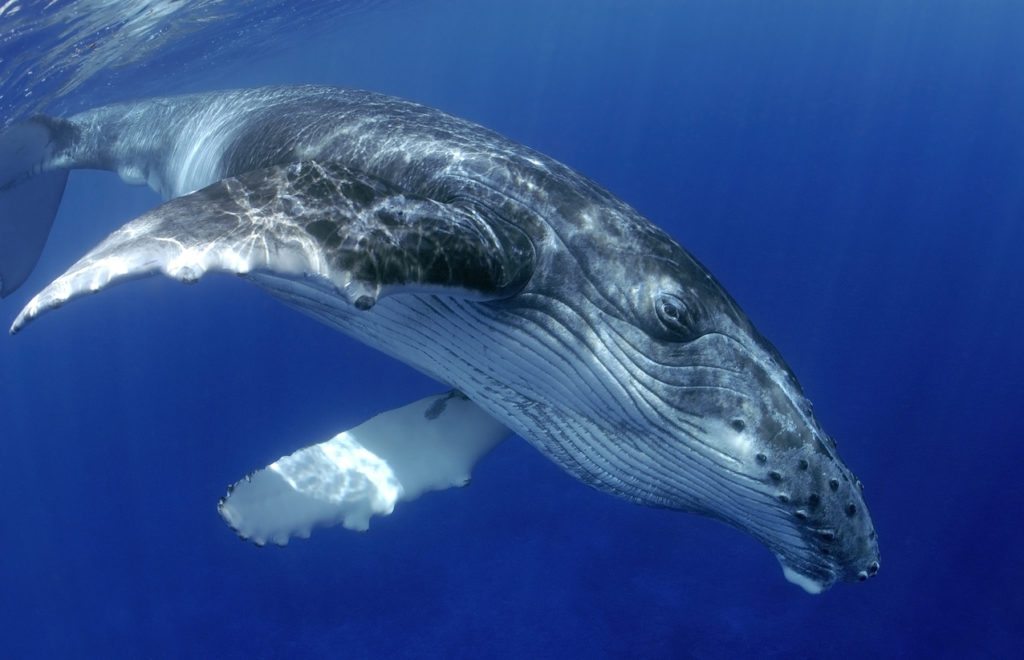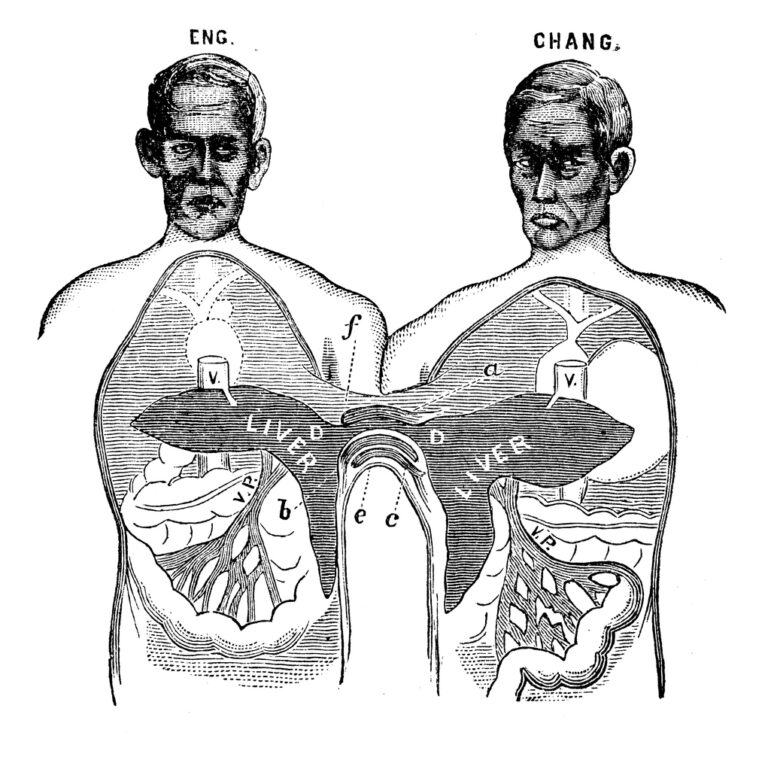The truth is in the tooth – scientists disprove long-held theory of baleen whale evolution by studying the teeth of top predators.
A team of paleontologists from Museums Victoria and Monash University has discovered that the primitive ancestors of today’s gentle giants had teeth that were extremely sharp, and were similar to the flesh-slicing teeth of iconic top predators, such as lions and wolves.
This reveals that the ancient ancestors of the Southern Right and Blue whale were stalking our oceans for large prey using their teeth to bite and slice instead of gently gliding along using a comb-like structure called baleen to filter seawater for tiny plankton as they do today.
In fact, the discovery disproves a long-held theory that ancient whales used their teeth to filter feed in a similar way to the present day crabeater seal. The finding has been published today in Biology Letters.
As Dr David Hocking, Research Fellow, Museums Victoria and Monash University explains: “Whales are the largest animals to have ever lived, thanks to their ability to filter vast amounts of plankton from water using baleen like a strainer. One of the big mysteries of evolution is how whales made this evolutionary leap from catching fish with teeth to sieving plankton with baleen. We’ve now solved one part of this puzzle.”
A long-standing, but controversial, theory suggested that ancient whales began to filter feed using complex teeth that when closed formed a zigzag-like sieve which trapped food in the mouth and allowed water to flow out between the teeth. This is based on the unusual method that living crabeater and leopard seals use to feed on krill in Antarctica. The theory goes, that these teeth were later somehow replaced by baleen.
Using specimens from Museums Victoria’s Palaeontology Collection and other museum collections around the world, the team 3D-scanned the teeth of fossil whales and modern mammals to make digital models from which the shape and sharpness of the teeth could be measured.
The team found that the teeth of primitive baleen whales were radically different in shape to the teeth of the seals and were in fact, sharper than the teeth of most living mammals. It turns out, Victoria’s own Janjucetus, a primitive whale that swam along our Surf Coast 25 million years ago, had teeth as sharp as a lion’s.
Dr Erich Fitzgerald, Senior Curator, Vertebrate Palaeontology at Museums Victoria explains: “These results are the first to show that ancient baleen whales had extremely sharp teeth with one function: cutting the flesh of their prey. Contrary to what many people thought, whales never used their teeth as a sieve, and instead evolved their signature filter feeding technique later – maybe after their teeth had already been lost.”
Dr Hocking added: “Our findings provide crucial new insights into how the biggest animals ever evolved their most important trait: filter feeding. Early whales were neither gentle, nor giants: they were smaller than those of today and, judging from their teeth, a lot meaner. When they evolved filter feeding, whales completely turned their feeding biology upside down – maybe more radically so than we ever imagined.”
These findings are the prequel to a recent discovery made by the same team with the help of a fossil whale skull, nick-named ‘Alfred’ that provided evidence that before losing teeth and evolving baleen, whales used suction to catch prey.
As Dr Erich Fitzgerald hints there are still many questions the team are on a quest to answer, “We are getting closer than ever before to understanding the origin of baleen whales, we should expect more surprising fossil finds and twists in the whale’s tale.”







